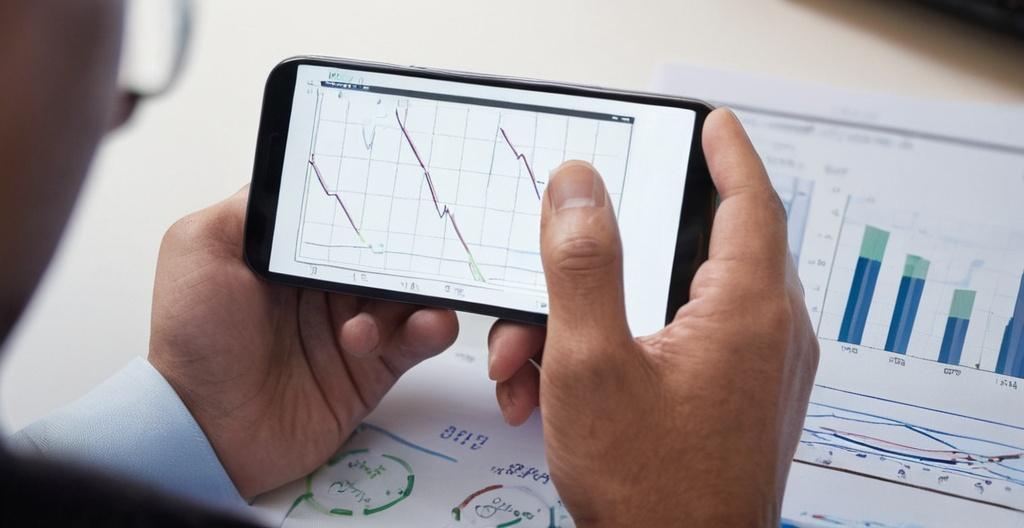Key Take Aways About Commodities Trading
- Commodities are categorized into hard (natural resources) and soft (agricultural products).
- Trading commodities provides portfolio diversification and a hedge against inflation.
- Methods include spot trading and futures contracts for speculating on future price movements.
- Technical analysis with charts and indicators aids in predicting price trends.
- Market volatility, leverage, and varying regulations present significant risks.
- Understanding the market and sound risk management are crucial for successful trading.

Understanding Commodities Trading
Trading commodities like crude oil, gold, and wheat might sound as complex as trying to read Shakespeare during a power cut. But in reality, it’s about buying and selling physical goods or their derivatives based on market movements. Whether you’re dealing with energy, metals, or agriculture, commodities are driven by supply and demand. It’s a market where geopolitical events or weather patterns can make prices swing like a hyperactive pendulum.
Types of Commodities
Commodities are categorized into two main types: hard and soft. Hard commodities include natural resources like gold and oil. Soft commodities, meanwhile, encompass agricultural products such as coffee or sugar. The primary difference lies in their extraction or cultivation process, with hard commodities typically being mined and soft commodities grown.
Why Trade Commodities?
Trading commodities offers certain benefits that differ from investing in stocks and bonds. They offer a diversification to an investment portfolio since they often move in opposition to stock market trends. Furthermore, commodities can act as a hedge against inflation. When prices rise, commodities usually do too, preserving the purchasing power of your money.
Examples of Commodity Markets
Imagine you’re betting on the weather. You believe a drought will hit wheat crops, causing futures prices to rise. Or, perhaps you’re convinced the latest international incident will shake the oil market, creating opportunities. Commodities trading takes these hunches and makes them actionable through the futures market.
Trading Methods
The two predominant methods of trading commodities are spot and futures contracts. Spot trading involves immediate delivery, while futures contracts require an agreement to buy or sell something at a predetermined price at a specified time in the future. Futures are the playground for speculators who think they can guess the future like they’ve got a crystal ball.
Technical Analysis in Commodities
In the realm of technical analysis, charts become your best friend—or your worst enemy. The goal is to predict future price movements based on historical data. Traders rely on candlestick charts, trend lines, and various indicators like moving averages and Relative Strength Index (RSI) to make informed decisions.
Candlestick Charts
A candlestick chart is like a visual Shakespearian play where each candle tells a story of price movements. The body represents the price range during a specific time, while the wicks tell you the high and low prices. Traders use patterns such as the “doji” or “hammer” to predict potential reversals.
Indicators and Oscillators
Indicators like moving averages help smooth out price action by filtering out the “noise” from random price fluctuations. Oscillators such as RSI indicate overbought or oversold conditions—essentially telling you when the market is acting like a toddler on a sugar rush.
Risks and Challenges
Commodities trading isn’t for the faint of heart. Market volatility can be extreme, and leverage can amplify losses as well as gains, making it a double-edged sword. Regulation also varies widely across markets and jurisdictions, adding a layer of complexity. It’s akin to operating in a financial circus where you need a safety net.
Conclusion
Even though it can be likened to taming a tiger, commodities trading offers opportunities for those willing to take on the risk. Understanding different types and factors influencing prices, alongside mastering technical analysis, can place you in a good position. But remember, no amount of chart gazing replaces sound judgment and risk management.